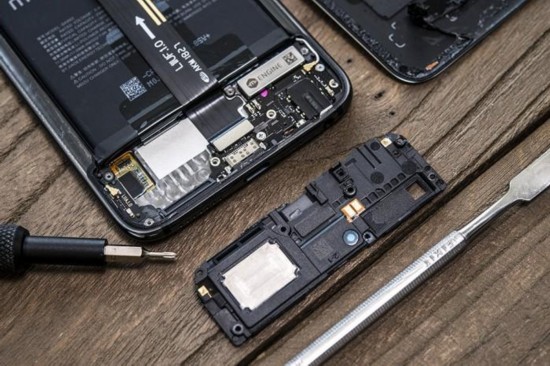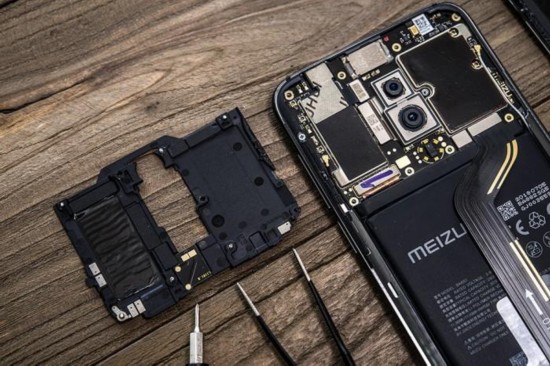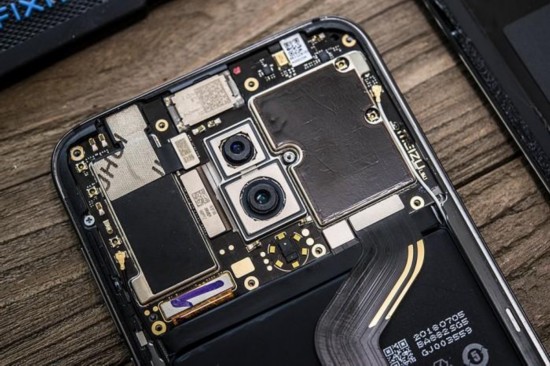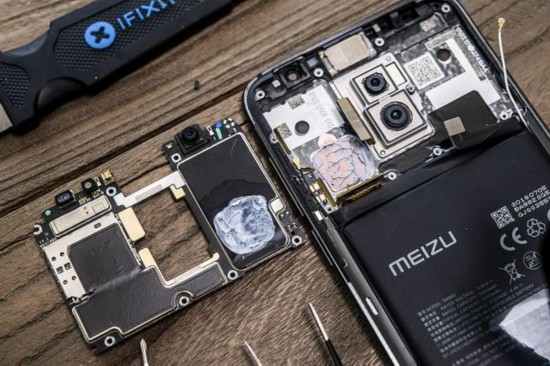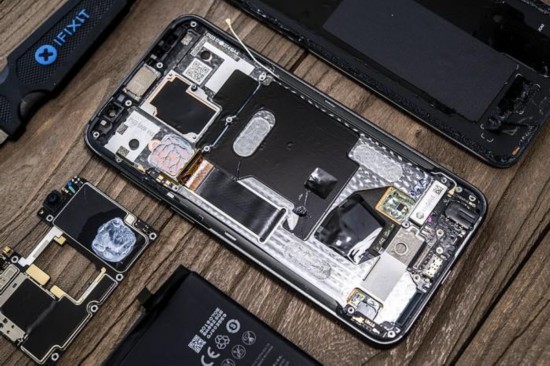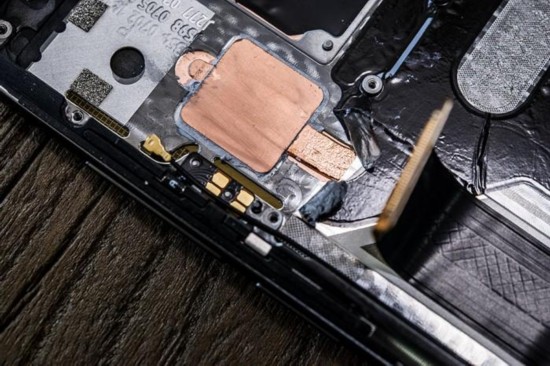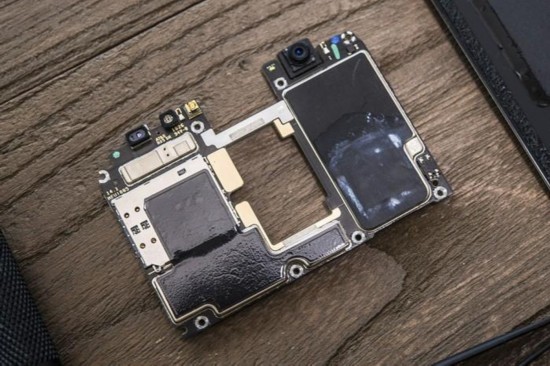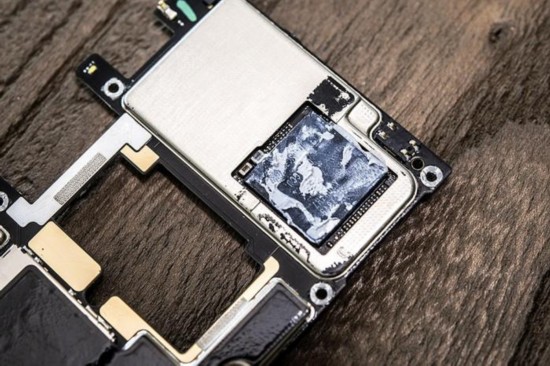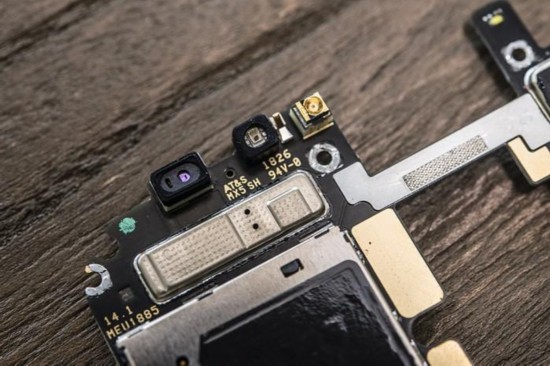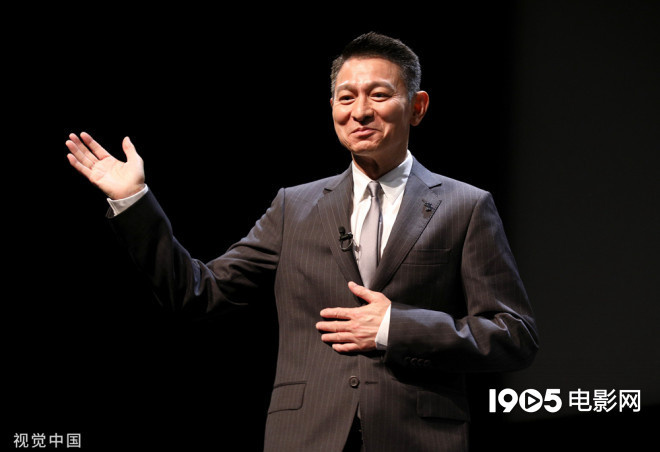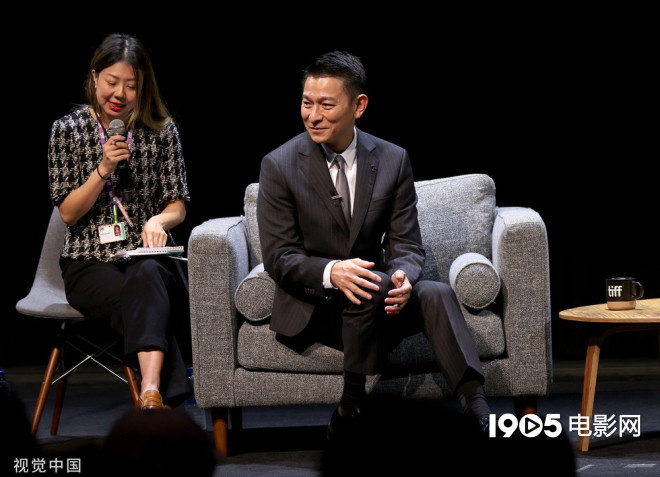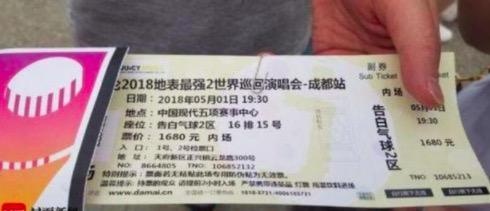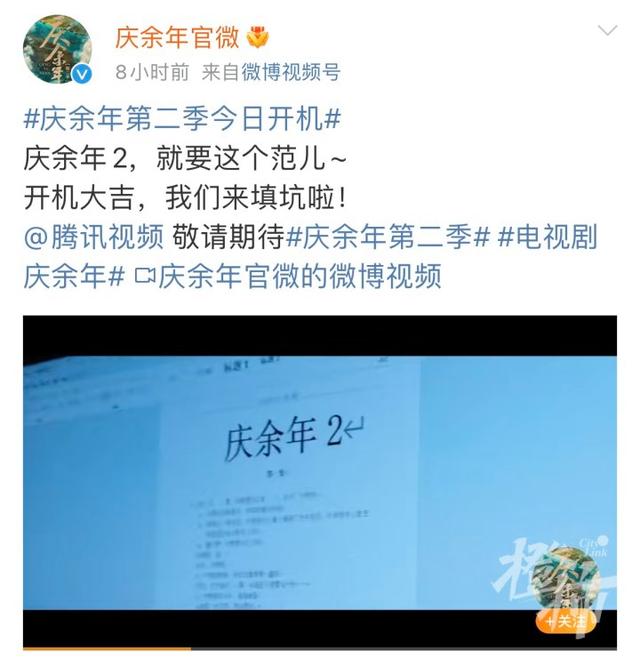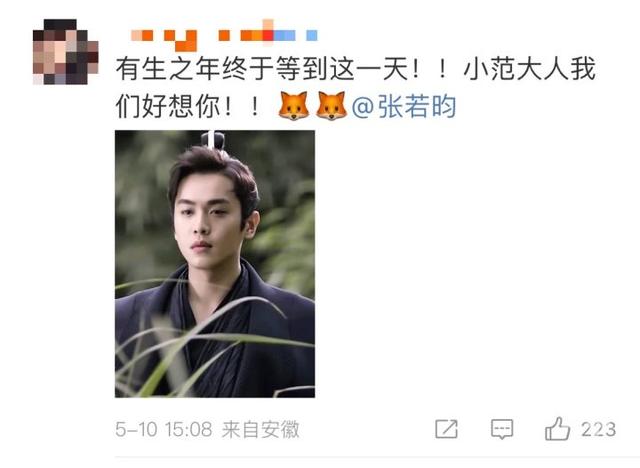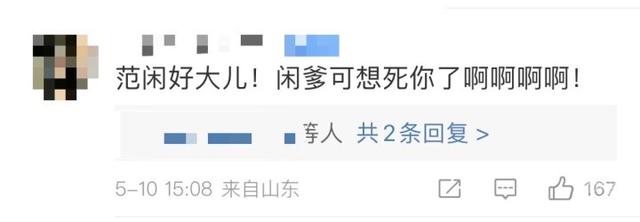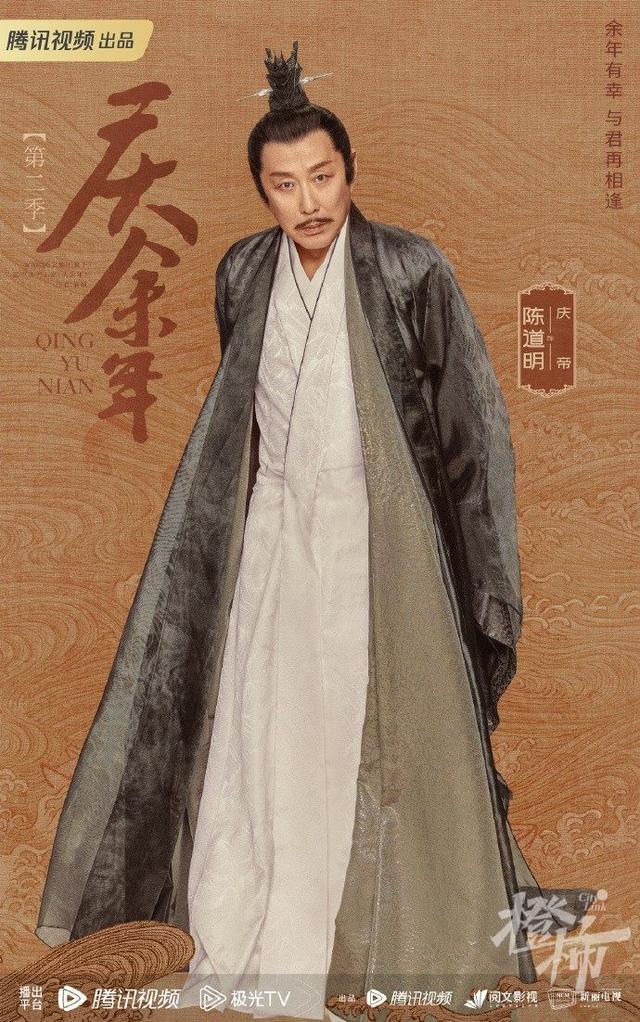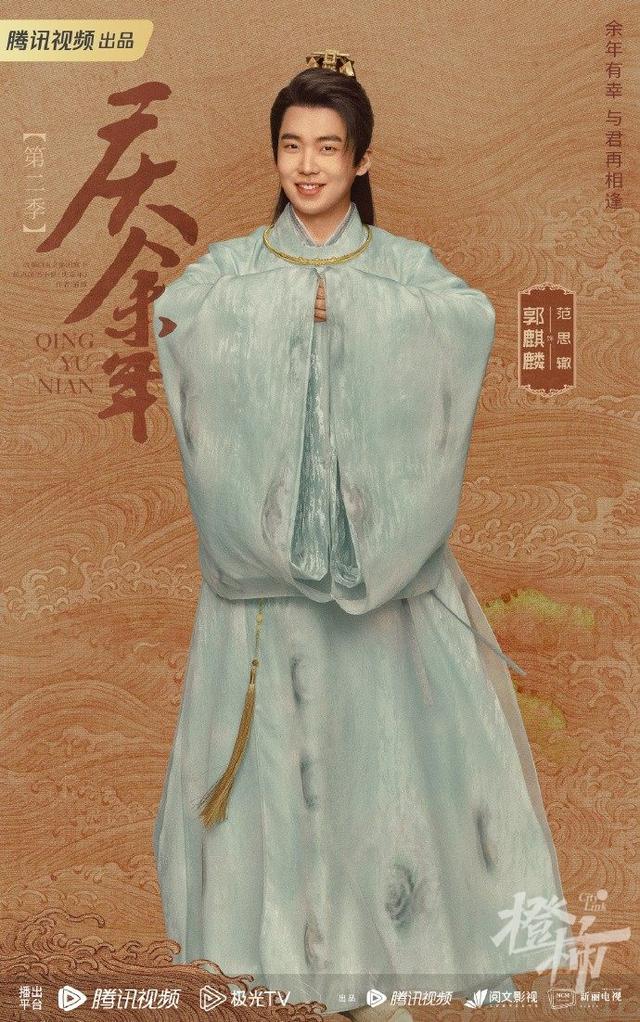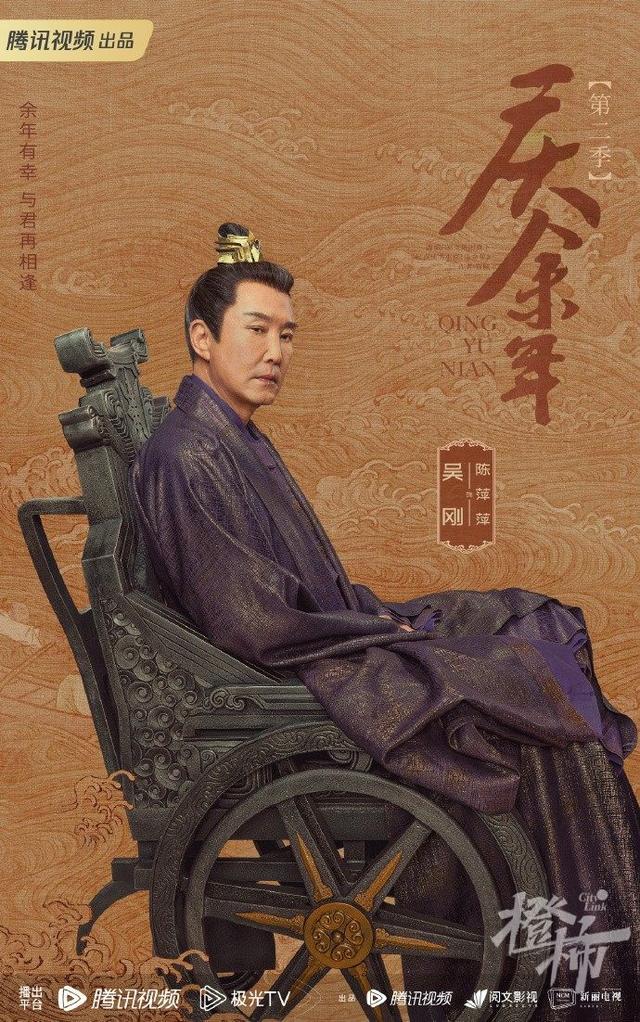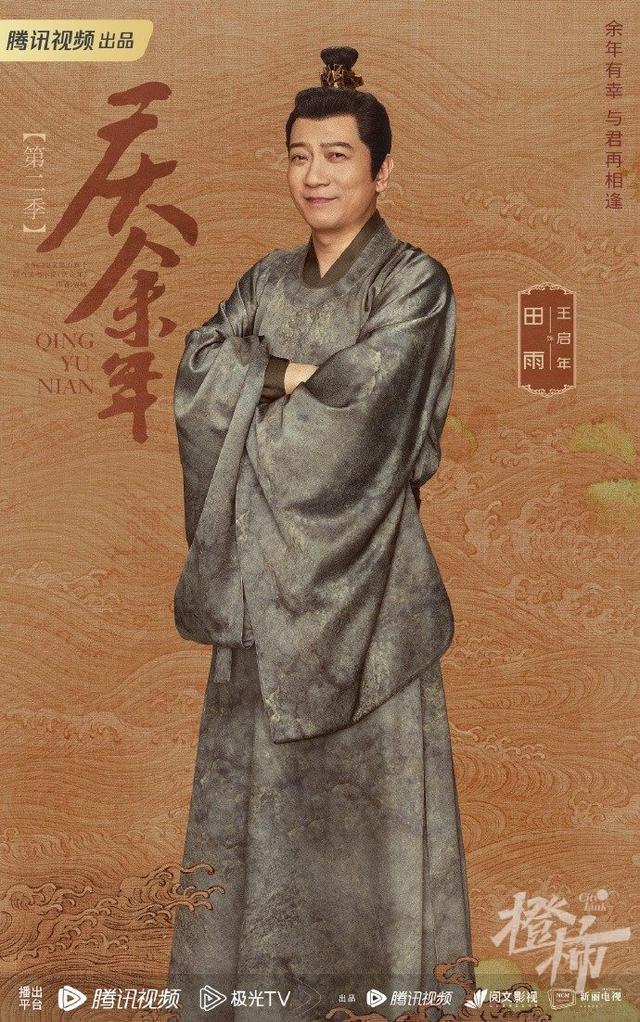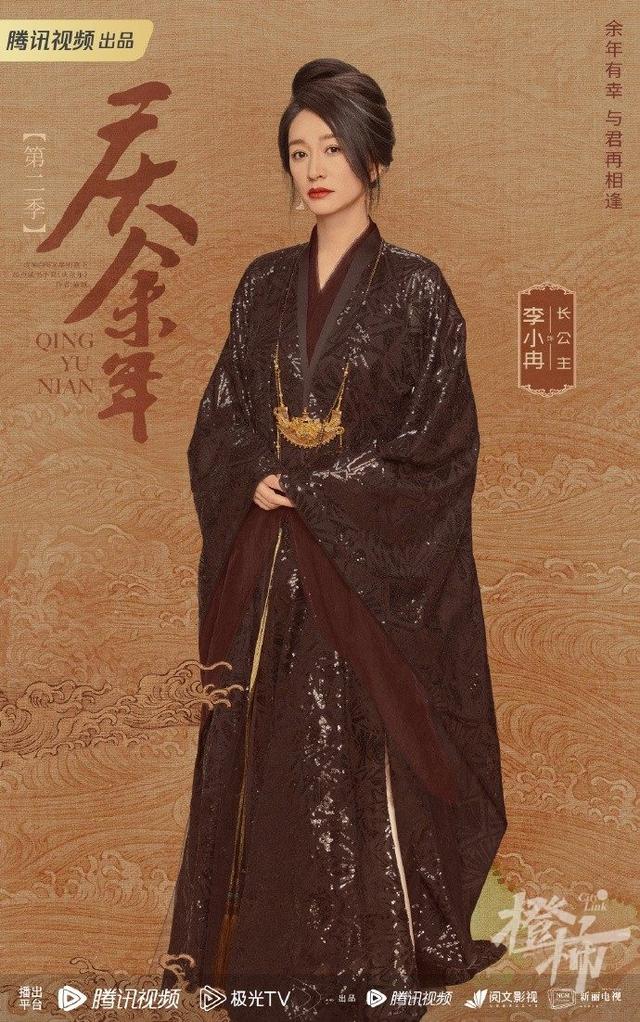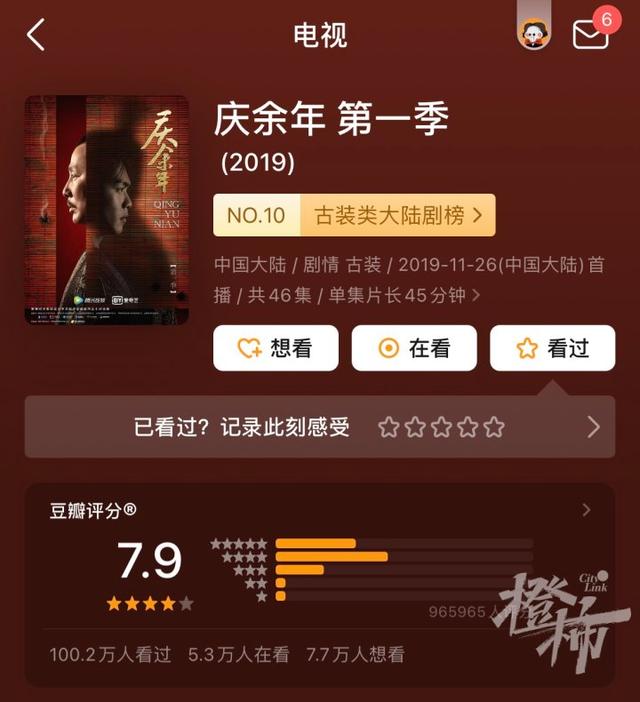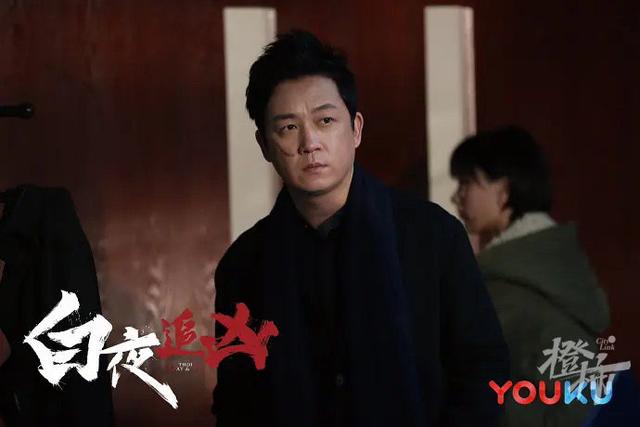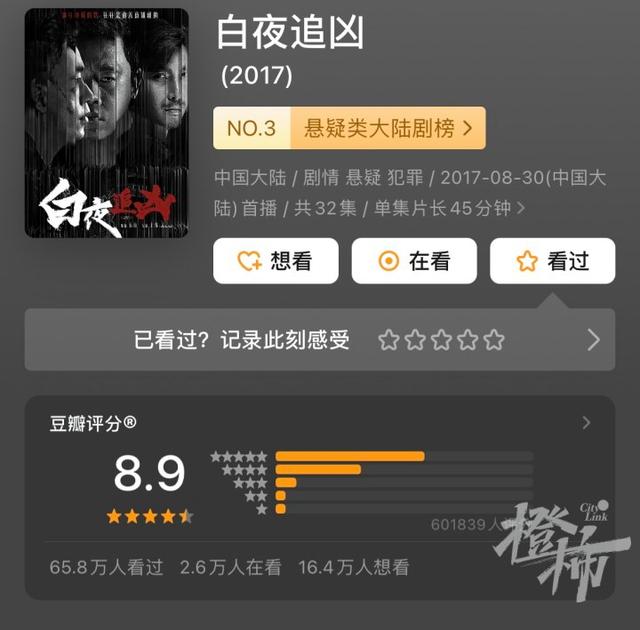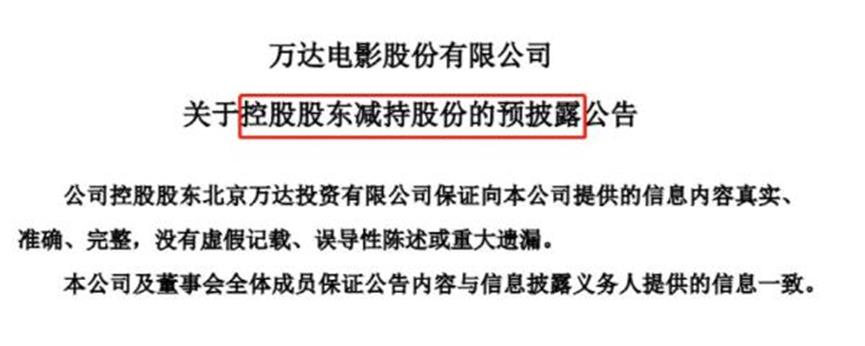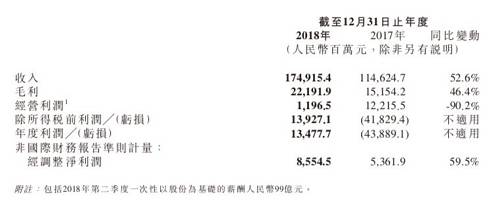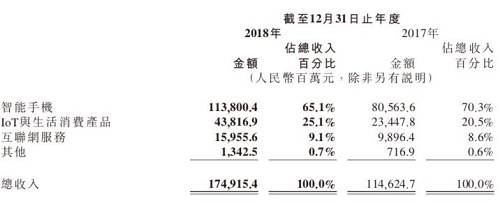The three oil crises of the 1970s and 1990s profoundly changed the industrial structure of the automotive powerhouses in Europe and the US. But they also represented opportunities. If there was only one winner in this far-reaching series of historical events, it was Japanese cars.
Before the oil crisis, although Japanese cars had an export layout in overseas markets, their share was always small. At the same time, the inherent impressions of Europeans and Americans such as counterfeit products, quality and low grade always lingered on the top of Japanese cars. However, after the oil crisis, Western consumers had to accept the reality, and Japanese cars ushered in the trend of going global.
Taking advantage of the opportunity of the oil crisis, Japanese cars eventually became an important pole of the global automobile industry. But in addition to the impact of objective events now known as "black swans", the subjective initiative of the Japanese automobile industry is also worthy of future memories. Freezing three feet is not a day’s cold, the formation of an automobile industrial country is the main reason.
Growing up in war
The original Japanese auto industry was born in the 1930s, 30-50 years later than the developed countries in Europe and the United States. At that time, the Japanese market was dominated by American cars, and giants such as General Motors and Ford established assembly plants in the country. Later, factories such as Toyota and Datsun (the predecessor of Nissan) created the first cars produced by Japanese companies by reverse-copying European and American models such as Chevrolet, Chrysler, and Austin.
At the same time, in order to encourage the production of autonomous vehicles, the Japanese government also promulgated the "Automobile Manufacturing Business Law", which stipulates that companies that produce more than 3,000 cars a year must be approved by the government, and more than half of the shares must be owned by local companies. However, the Great Depression that swept the world at the time brought the fledgling Japanese automakers to the brink of bankruptcy.
At this time, they were saved by a full-scale war of aggression launched by Japanese militarism. The early Japanese car companies were transformed into arsenal factories that started the war machine, but they were also quickly dealt a heavy blow by the defeat of the war. After the end of World War II, Japan, a defeated country, was devastated by society and economy, and its fledgling automobile industry was also on the verge of destruction.
In this context, the Japanese government, which had just announced its unconditional surrender, still called together the few car companies at the time, demonstrating the government’s support for the auto industry. On the other hand, the United States, out of consideration against the Soviet camp, stationed troops in Japan and began to support Japan’s economy. Especially during the Korean War, the US military provided a large number of military truck orders to the nearest Japan, allowing Japanese car companies that were struggling after the war to quickly recover. For Japanese cars, this also provides an opportunity for them to open up the US market in the future.
In order to make up for the lack of resources during the economic difficulties, the Japanese government began to encourage the production of short-wheelbase and small-displacement cars through preferential policies such as tax reduction, resulting in the series of cars known as K-Cars. These economical and practical cars not only quickly popularized cars in postwar Japanese households, but also laid the foundation for the subsequent industrial upgrading of Japanese cars. With the support of policies, the number of car companies in Japan after the war rapidly increased from single digits to nearly 30.
Since the 1950s, the Japanese government has promulgated the "Basic Guidelines for the Introduction of Foreign Investment in Passenger Vehicles", and began to continuously introduce technology to developed countries in Europe, America, and Japan’s car companies have successively established cooperative relations with overseas auto giants. In 1950, Toyota’s then president, Eiji Toyoda, made a special trip to Detroit to inspect Ford’s factories; Nissan’s predecessor, Datsun, officially purchased the patents of Austin in the United Kingdom in 1952 and assembled cars in Japan in the form of CKD. Austin provided technical assistance to Datsun. In addition, cooperation between Hino and French Renault, Mitsubishi and Chevrolet of the United States is also developing.
By the early 1960s, Japanese car companies had completed the original accumulation of technology, and the annual production and sales of domestic cars exceeded 400,000. In November 1963, Japan further established the automobile industry as a strategic industry at the Industrial Structure Review Conference. From the 1950s to the 1970s, Japan has introduced more than 400 technologies from developed countries in Europe, America and other countries.
However, while absorbing technology, the Japanese government has also implemented measures such as tariffs and foreign exchange controls to protect the domestic automobile industry, and implemented them through legislation such as the Enterprise Rationalization Promotion Law and the Machinery Industry Revitalization Temporary Measures Law. The tariff barrier for imported automobiles was once as high as 40%. And the penetration of foreign capital into Japanese automobile companies is also strictly guarded.
In addition to government support, the improvement of technology, quality and management by Japanese automakers at that time also greatly improved the quality of Japanese cars. For example, the Toyota production method, which has far-reaching impact on future generations, was born in the early 1950s. And some classic models that continue to this day, such as Toyota Crown, Corolla, Nissan Bluebird, Honda Civic, etc., were also introduced one after another in the 1950s and 1960s.
In addition, in order to strengthen the overall quality of Japanese cars and eliminate uncompetitive enterprises, under the leadership of the Japanese government, Japanese cars carried out a series of mergers in the 1960s, reducing the number of highly competitive 30 to about 10, which increased the concentration of the industry.
By 1970, the annual sales of Japanese cars had reached 4.10 million, 10 times that of the early 1960s, and the number of cars owned by 1,000 people had risen from 14 in 1960 to about 170.
After all, the local market demand in Japan is limited. At the same time as the rapid growth of the industry, Japanese car companies are also trying to export. However, throughout the 1960s, Japanese cars were mainly aimed at the third world countries in South America and South East Asia. The best-selling models in Japan, such as the Toyota Crown, were also exported to the United States, but sales were also very low because they did not meet the needs of American consumers.
It was not until the arrival of the first oil crisis that Japanese cars were "a blessing in disguise" and really went to the world, especially major automobile consumer markets such as Europe, America and others.
blessing in disguise
In 1970, at the call of American social environmentalists at that time, the US government introduced the "Air Purification Act" (Musky Act), which stipulated that after five years, cars emitted only one-tenth of the pollutants. This bill undoubtedly dealt a heavy blow to the three American giants that were popular at that time, but it provided an opportunity for Japanese cars to further open up the US market.
In 1972, the CVCC engine developed by Honda became the first engine to comply with the Musky Act and quickly gained popularity in the United States.
In October 1973, shortly after the outbreak of the Fourth Middle East War, the United States publicly sided with Israel and provided it with $2.20 billion in military aid. In order to sanction the United States and the West, the Organization of Petroleum Exporting Countries (OPEC) began to implement a series of production cuts and oil embargoes. After the war, the oil exporting countries continued to cut production by more than 10% and pushed to raise the price of oil from $3 per barrel to $13, which was the first oil crisis.
The oil crisis dealt a heavy blow to the developed automobile industry in Europe and the United States. During this period, global automobile production fell from nearly 40 million to 33 million. Car consumers in Europe and the United States had to give up their favorite large-displacement cars and performance cars in favor of affordable small-displacement cars. The auto giants were also forced to abandon their original production plans for large cars.
Throughout the 1970s, Japan’s domestic auto market ended a period of rapid growth, with sales increasing from 4.10 million to 5 million. After the shock, Japan launched a new energy technology development plan in 1974, and introduced an industrial policy to reduce energy consumption, focusing on the development and promotion of energy-saving technologies and equipment. Later, the Energy Conservation Law was introduced to restrain it.
But at the same time, Japan’s industrial structure dominated by small-displacement vehicles has allowed Japanese cars to find opportunities to break through overseas. Although the previous Japanese cars were scorned by many Europeans and Americans because of their brands, more people began to choose cars with better fuel economy due to the economic pressure caused by fuel consumption. At this time, in addition to affordable prices, Japanese cars have made great progress in technology and production management. In the past, the stereotype of counterfeit products and inferior quality in the eyes of Westerners was changed. Coupled with the good relations between Japan and the United States, Japanese cars soon became popular in the American market.
In 1975, Japan’s domestic automobile production exceeded 7 million for the first time; by 1977, Japan’s automobile exports had reached 4.35 million, three times more than in 1970; the proportion of exported automobiles in total automobile production skyrocketed from 20% in 1970 to more than 50%.
The shadow of the first oil crisis has not yet dissipated. With the outbreak of the Islamic Revolution in Iran and the Iran-Iraq War, the second oil crisis followed in the early 1980s, with oil prices rising from $14 per barrel to nearly $40. Global car sales fell for four consecutive years during the crisis, from 42 million to less than 39 million.
This time, however, Japan’s increasingly mature auto industry has achieved greater success. During the second oil crisis, Japan’s domestic automobile production exceeded 10 million and 11 million in a row, and its exports exceeded 6 million for the first time. In 1980, Japanese automobiles surpassed the United States for the first time to become the world’s largest.
The most important reason why Japanese cars can overtake American cars is the continued "attack" on the US market. During the second oil crisis, the production of American cars fell from 11 million to 8 million. In contrast, from 1978 to 1980, the number of Japanese car exports to the United States increased from 1.50 million to nearly 2 million, and the sales reached 2.40 million. The proportion of imported cars in the United States reached 80%, and the share of Japanese cars in the US market was as high as 20%.
The real crisis
Japan’s economic take-off and the strength of Japanese cars in the US market have threatened the US government and automakers. Under the impact of Japanese cars, American giants such as GM, Ford, and Chrysler have laid off more than 220,000 workers. The United Auto Workers (UAW) even broke out a campaign to smash Japanese cars.
Under pressure from the United States, after negotiations between Japan and the United States, an agreement on independent restrictions on Japanese exports of cars to the United States was formed in 1981, which stipulated that the export scale of Japanese cars to the US market in subsequent years was limited to 1.68 million cars in 1981-1983, 1.85 million cars in 1984, 2.30 million cars in 1985 and 1986, and then dropped to about 2 million cars in subsequent years.
At the same time, Japanese automakers began to choose to set up factories or joint ventures in the US market to avoid policy restrictions. After 1982, Honda, Nissan, Toyota, and Mazda successively established factories in the United States. In addition, joint ventures between Toyota and General Motors, Mitsubishi and Chrysler were also established during this period.
On the other hand, under the premise of limited sales, Japanese cars to improve brand perception and increase profitability, Honda, Toyota, Nissan and other leading companies have launched high-end models for the needs of North American consumers, Acura, Lexus and Infiniti were born in this period.
As a result, despite the decrease in imports, the profits of Japanese automakers have actually increased due to the high-priced luxury cars produced in the United States. With the outbreak of the Gulf War, the third oil crisis came. In the 1990s, the world’s car production decreased from nearly 50 million to 47 million, but Japan’s domestic car production approached 13.50 million, and sales reached a historical peak of 7.77 million. In addition, Japan’s overseas car production also exceeded 3 million for the first time, and the proportion of Japanese cars in the world rose to nearly 40%.
However, luck has not always favored Japanese cars. Since the Plaza Accord in 1985, Japan’s domestic economic bubble burst due to the appreciation of the yen, which ushered in the "lost decade", and Japan’s domestic car production and sales have also slipped from their peak and began to decline year by year.
Under the policy protection of domestic enterprises and the continuous suppression of Japanese cars. In 1994, American cars regained the first place in the global market. In 1995, the US government further announced a 100% tariff on luxury cars from Japan. The following year, Japanese car exports fell directly to 3.71 million, a decrease of 45% compared with the 1985 Plaza Agreement.
Faced with the difficulties caused by economic stagnation, Japanese automakers are not sitting still. In order to continue to cater to the industry trend of energy conservation and emission reduction, Japanese automakers continue to develop engine technologies with stronger fuel economy. In 1997, the Toyota Prius based on THS hybrid technology was launched, and it became the best-selling model in North America again in the early 21st century. Later, the Honda i-MMD and Nissan e-Power were launched one after another, and the Japanese hybrid once again played a brand effect in the global market.
In addition, while the US market is encountering bottlenecks, Japanese automakers are also continuously providing growth impetus by expanding into more overseas markets and increasing their emphasis on the emerging Chinese market. Entering the 21st century, Nissan, Toyota, Honda, Mazda, Mitsubishi and Suzuki have successively established joint venture factories in China, and have continuously introduced overseas best-selling models into domestic production and sales.
Today, Japanese cars still have a 30% market share worldwide. Toyota is still the world’s largest automaker, with Honda and Renault-allied Nissan also in the top 10. In the United States, Toyota surpassed General Motors for the first time last year. In the Chinese market, the share of Japanese cars that came from behind has also reached more than 20%, which is on par with Germany. The value retention rate of mainstream Japanese brands is also among the best in China.
Take a look.
The rise of Japanese automobiles has been regarded by many in the industry as a model for the development of Chinese automobiles. For example, the Japanese government’s protection of local automobile companies and the control of the shareholding ratio of joint ventures, as well as the policy support for the production of small-displacement automobiles, have been used for reference by the Chinese automobile industry that has fully emerged after the reform and opening up.
In addition, the experience of Japanese cars expanding overseas markets and gradually going global 60 years ago is also similar to the aggressive route of today’s leading Chinese independent brands. At present, Chinese independent brands are exporting small cars to developing countries in Southeast Asia and the Middle East in the early years, and turning to more regional markets. Even Europe exports some mid-to-high-end models and new energy vehicles, and sells back some cars produced by European and American automakers in China to the mainland.
However, there are still significant differences in the automobile development environment and era background between Japan and China.
Japan is an island country with relatively few natural resources, and it relies almost entirely on imports for the basic energy that supports the automobile industry, which is also the inherent disadvantage of the rise of Japanese cars. On the contrary, China not only has rich land resources, but also has the largest population and the largest market in the world.
In today’s world, a series of black swan events such as the COVID-19 pandemic, Sino-US trade, and the situation in Russia and Ukraine have seriously impacted the world economy and the process of globalization. The shadow of previous oil crises still hangs over the heads of major countries. Although China is rich in resources, it is as dependent on oil imports as Japan. Getting rid of dependence on oil and reducing carbon emissions has become the consensus of major automobile industrial countries.
The oil crisis of the 1970s and 1990s had the greatest impact on the automobile industry because of the irreplaceability of petroleum energy. However, with the development of technology, new energy vehicles led by electricity began to show a substitute role for fuel vehicles. Therefore, the development of new energy vehicles, which is the trend of overtaking cars in China’s car corners, has been formulated as a national policy by our country. At present, China has been the world’s largest new energy vehicle market for seven consecutive years, accounting for more than half of the global share. The overtaking of traditional fuel vehicles in Europe and the United States 50 years ago by Japanese cars is now being recreated by China’s automobile industry.







